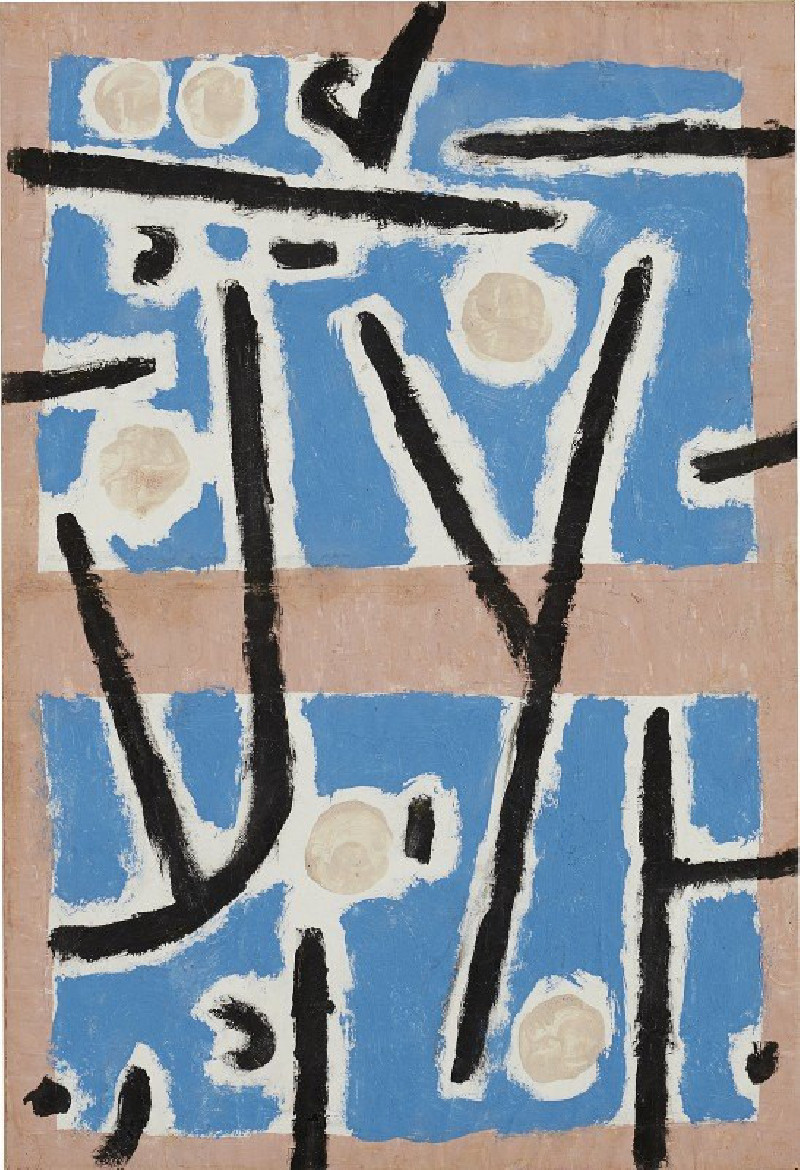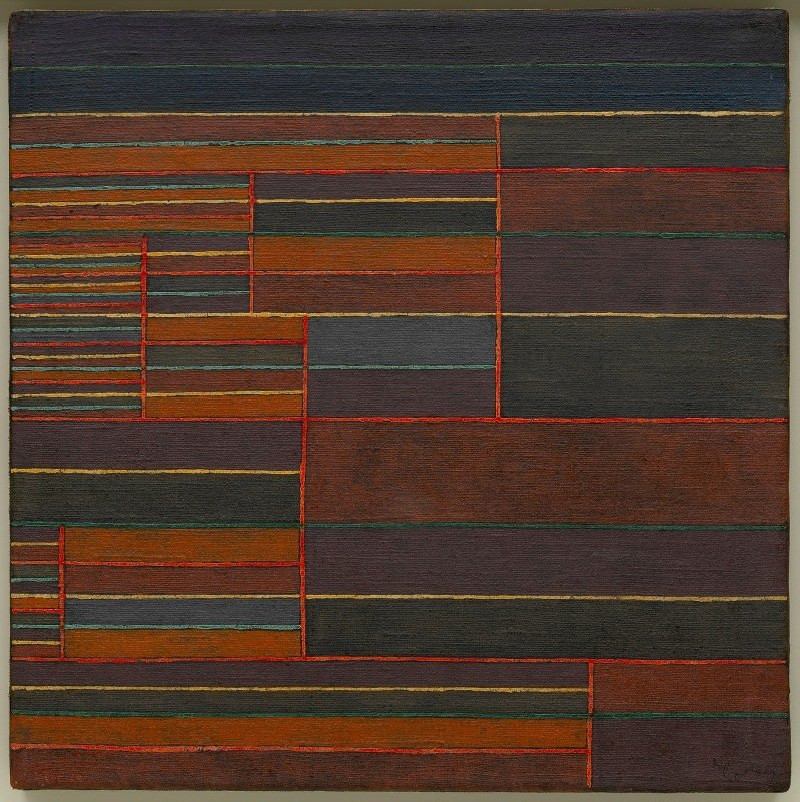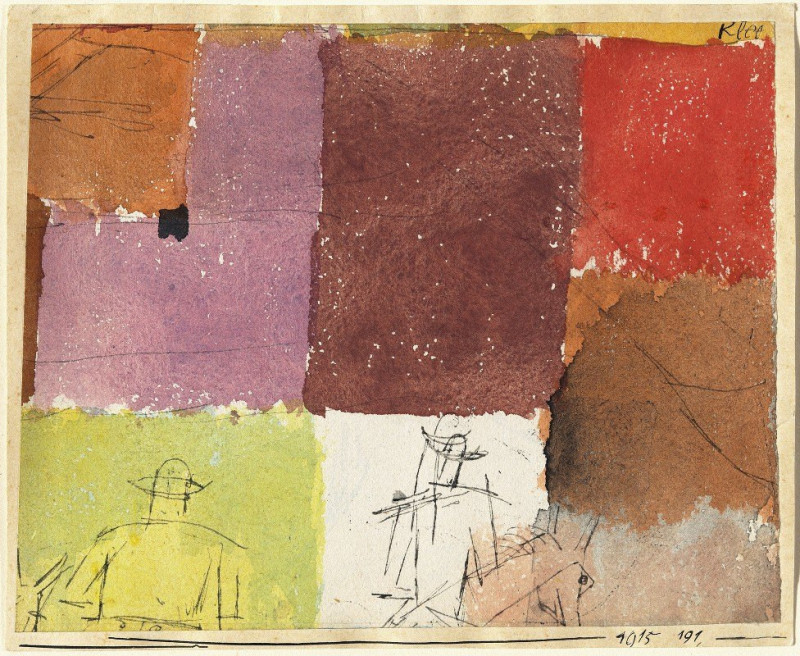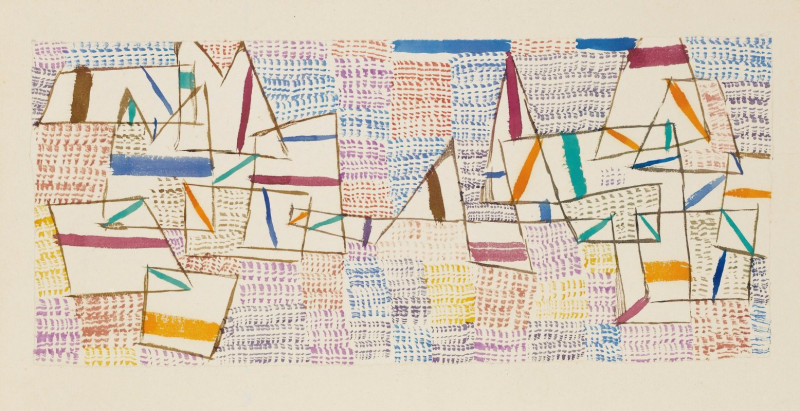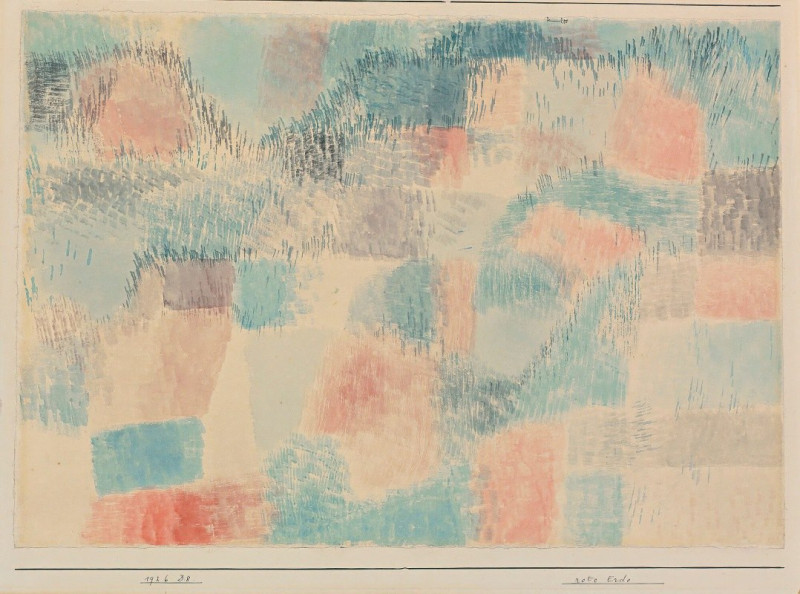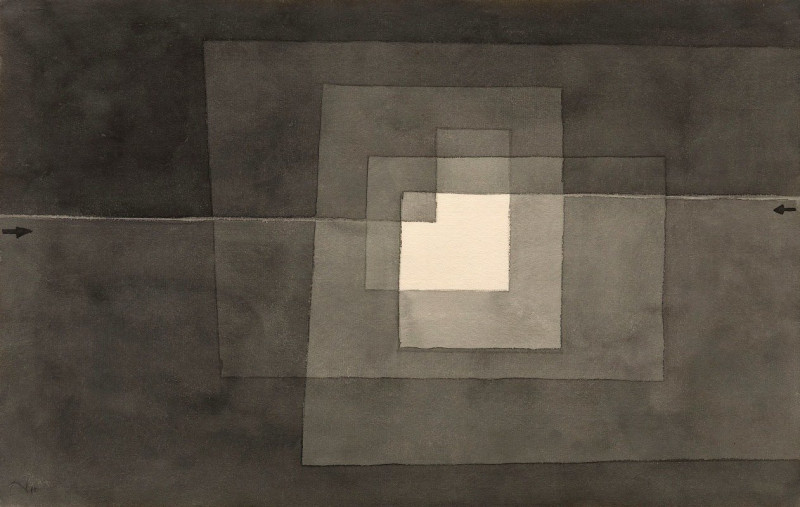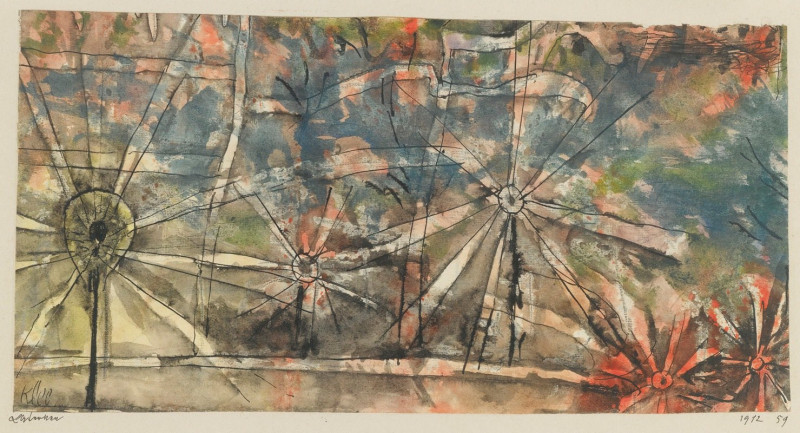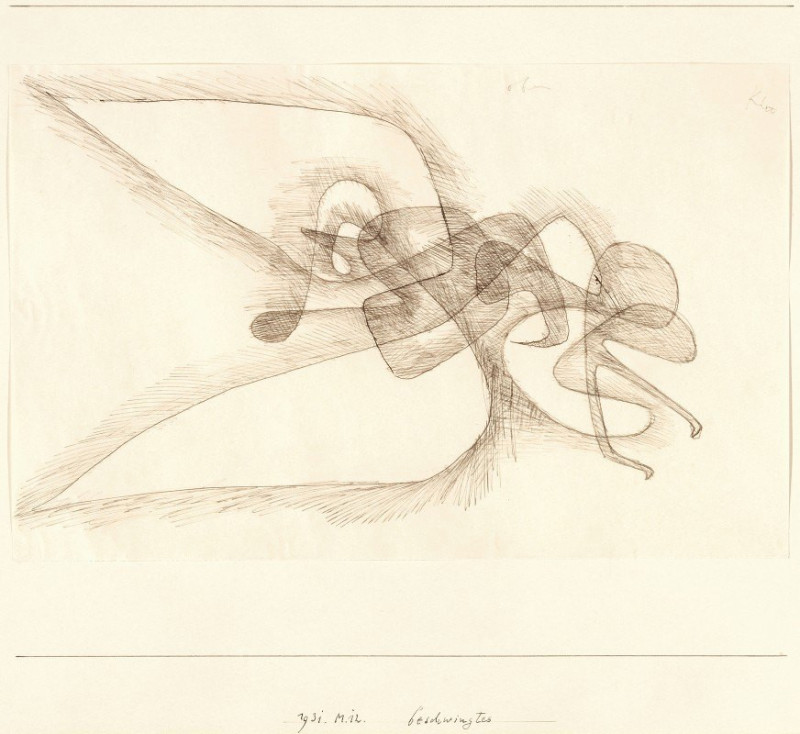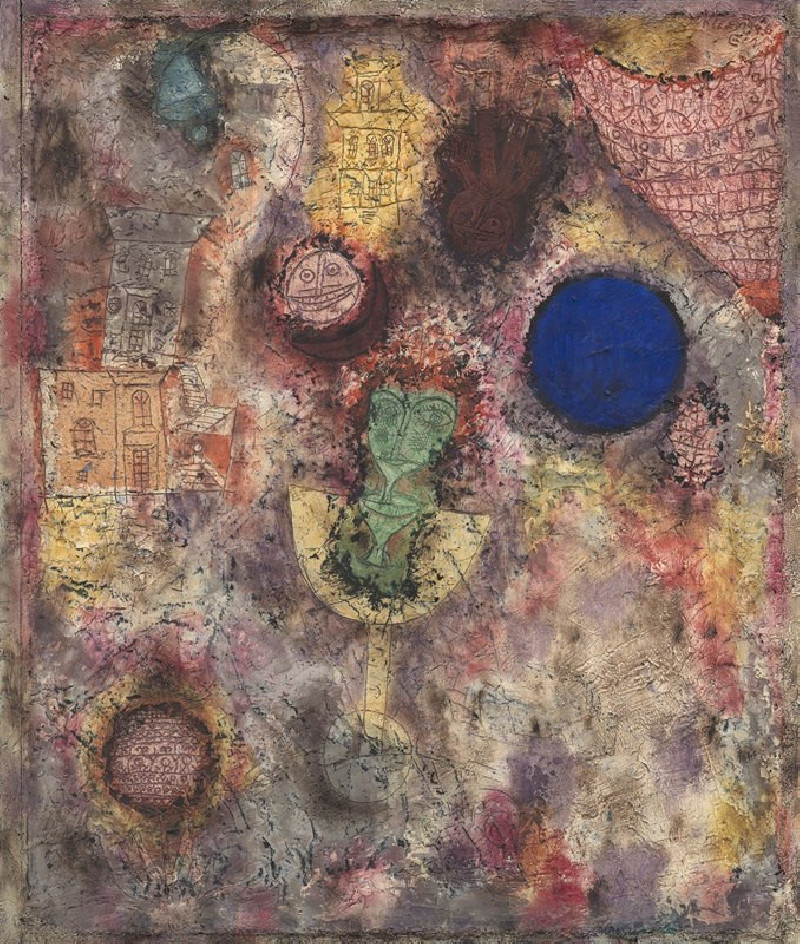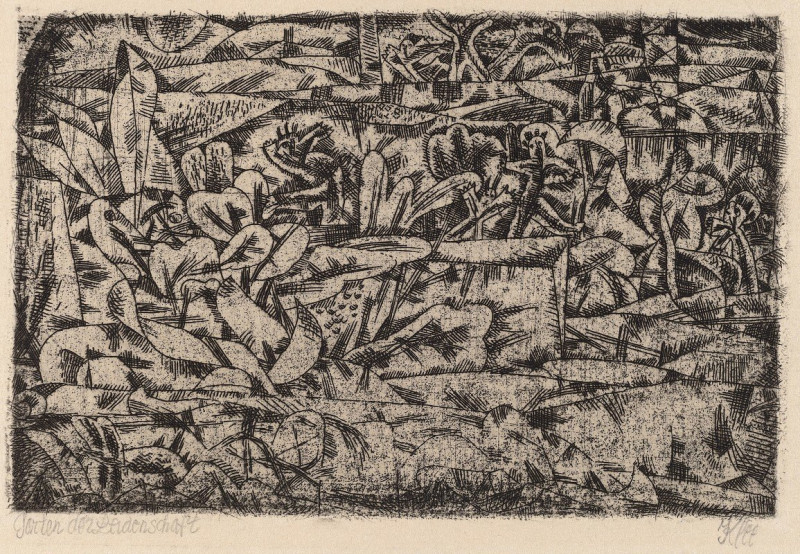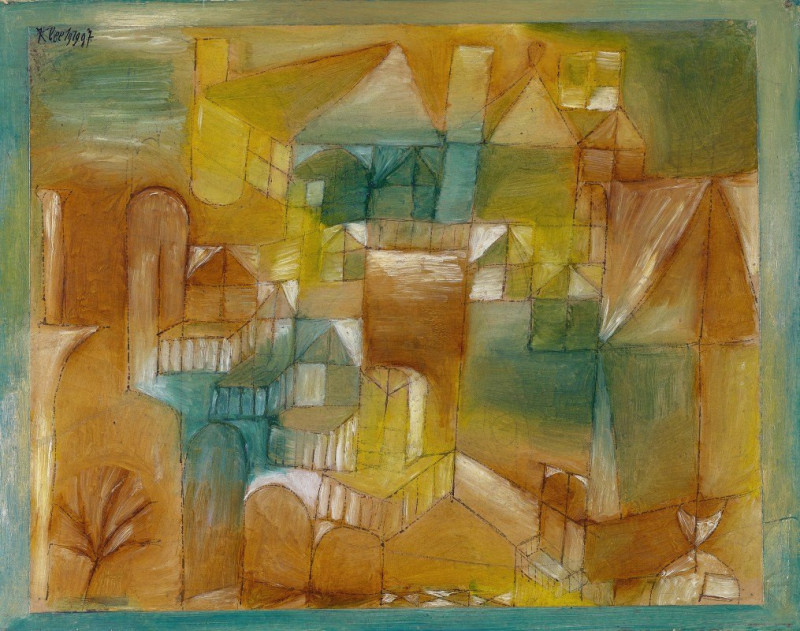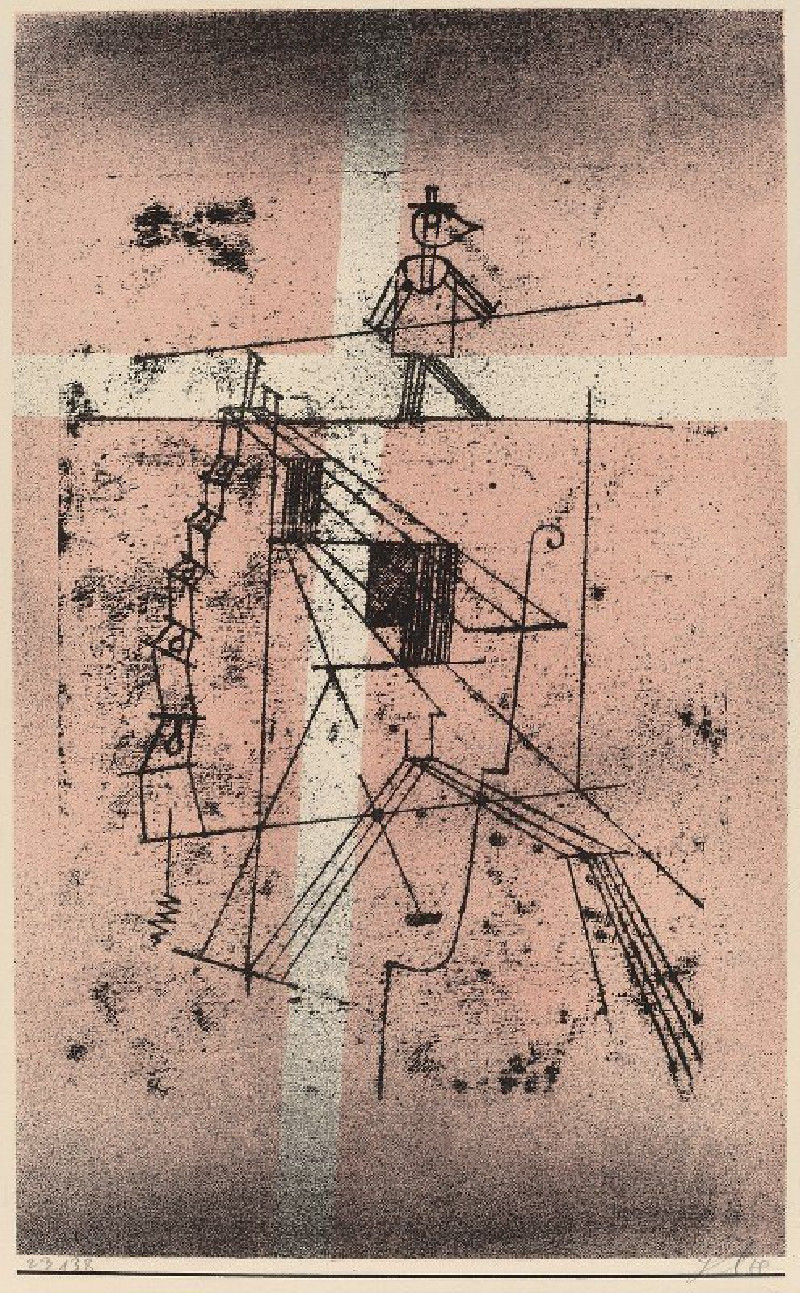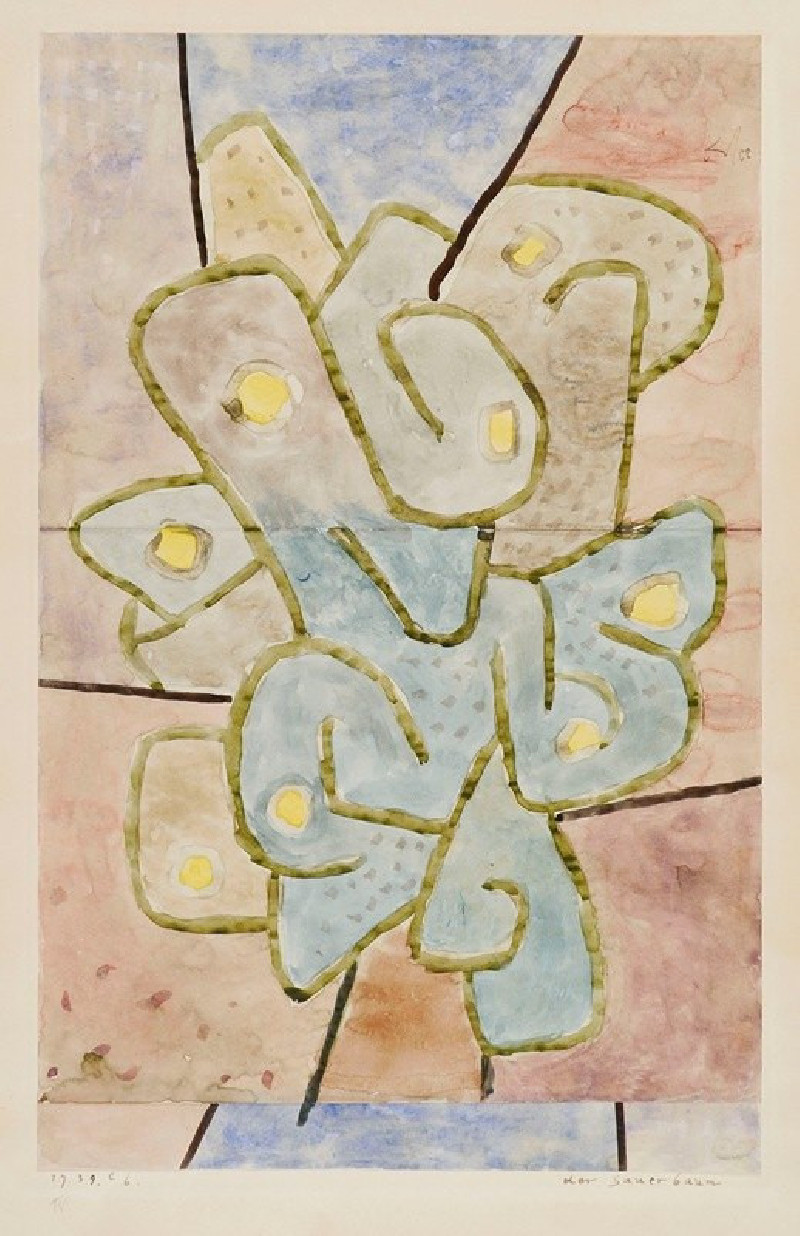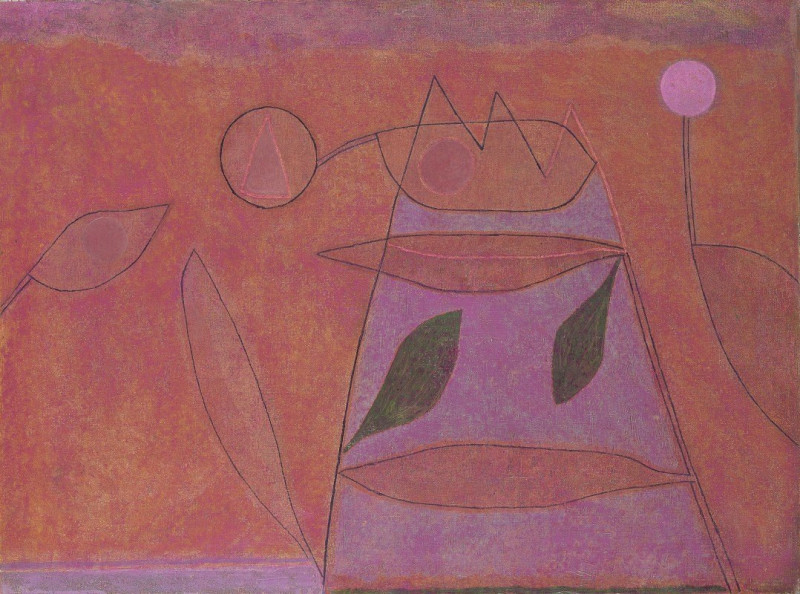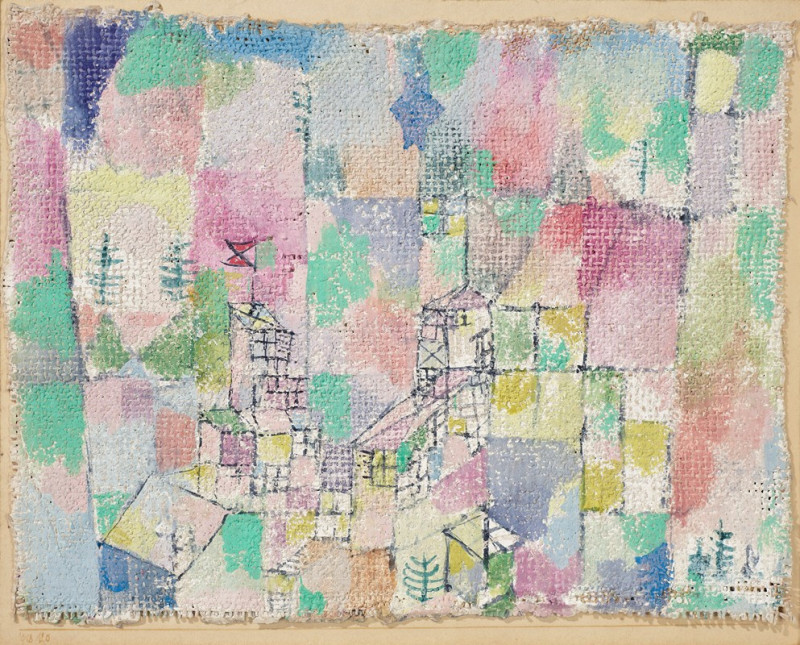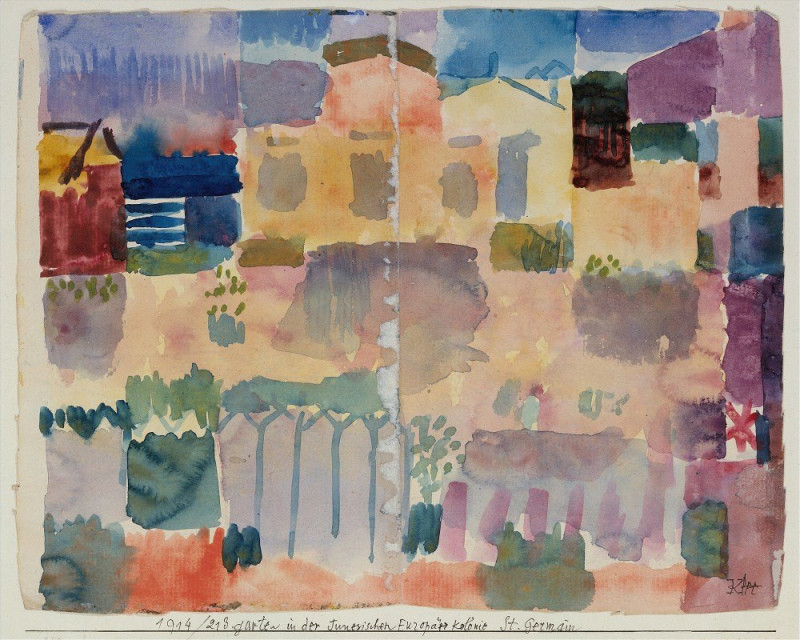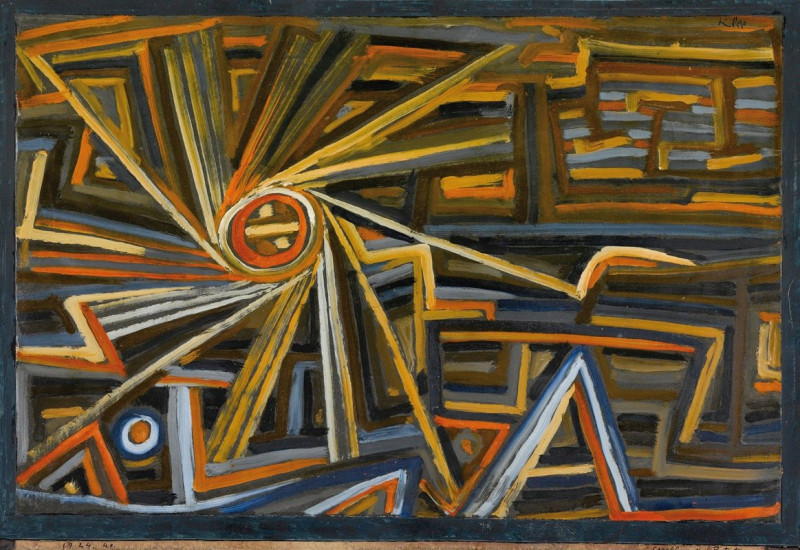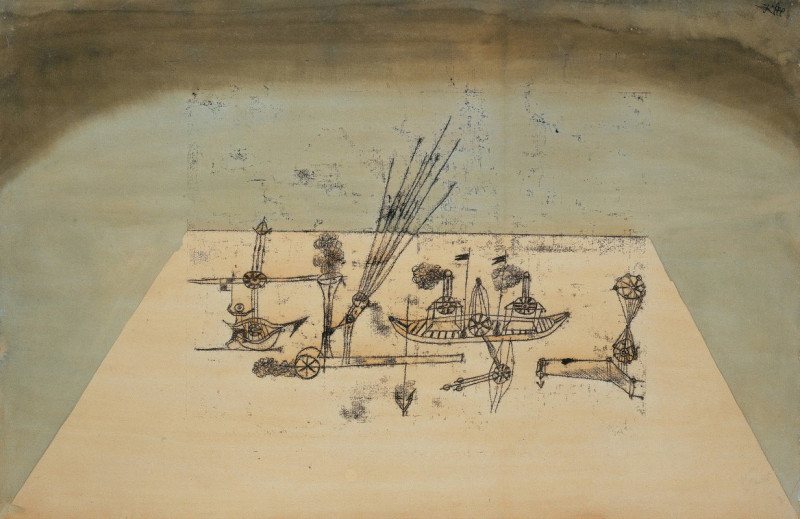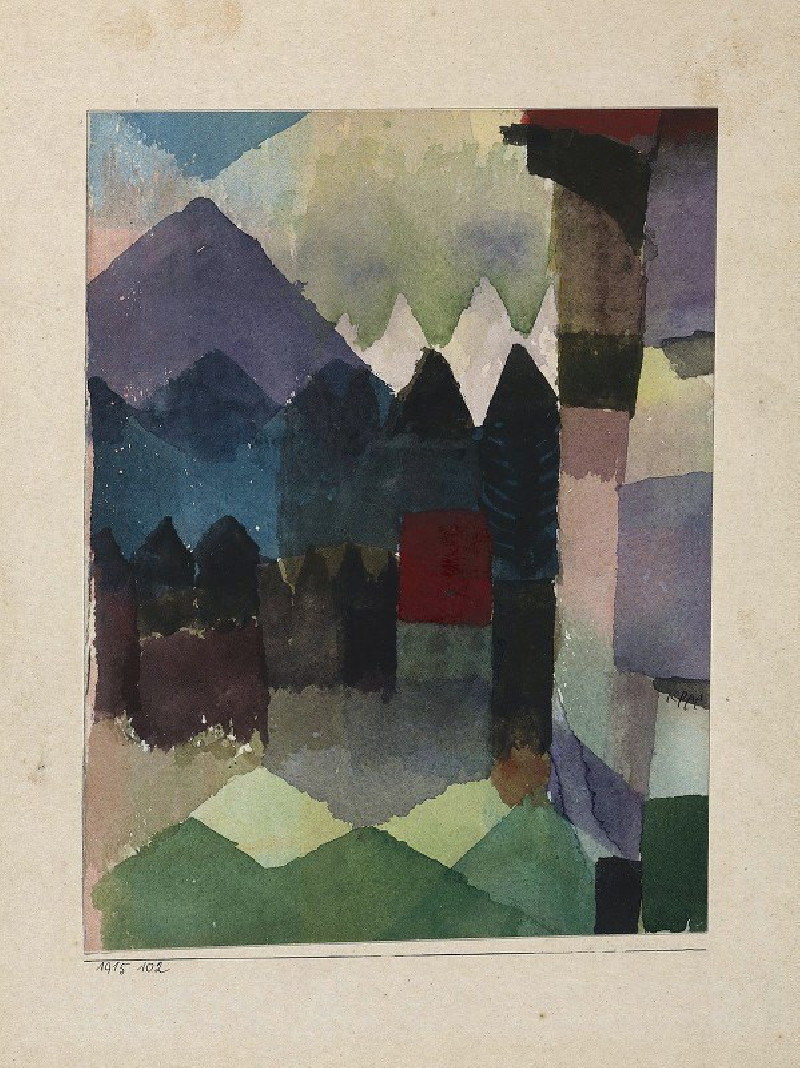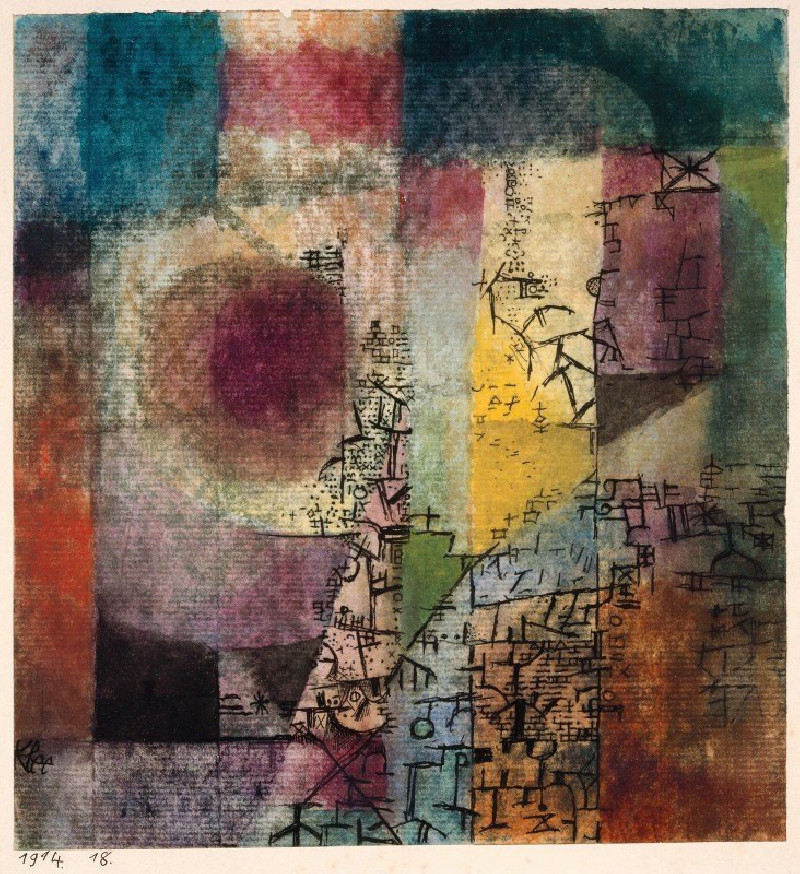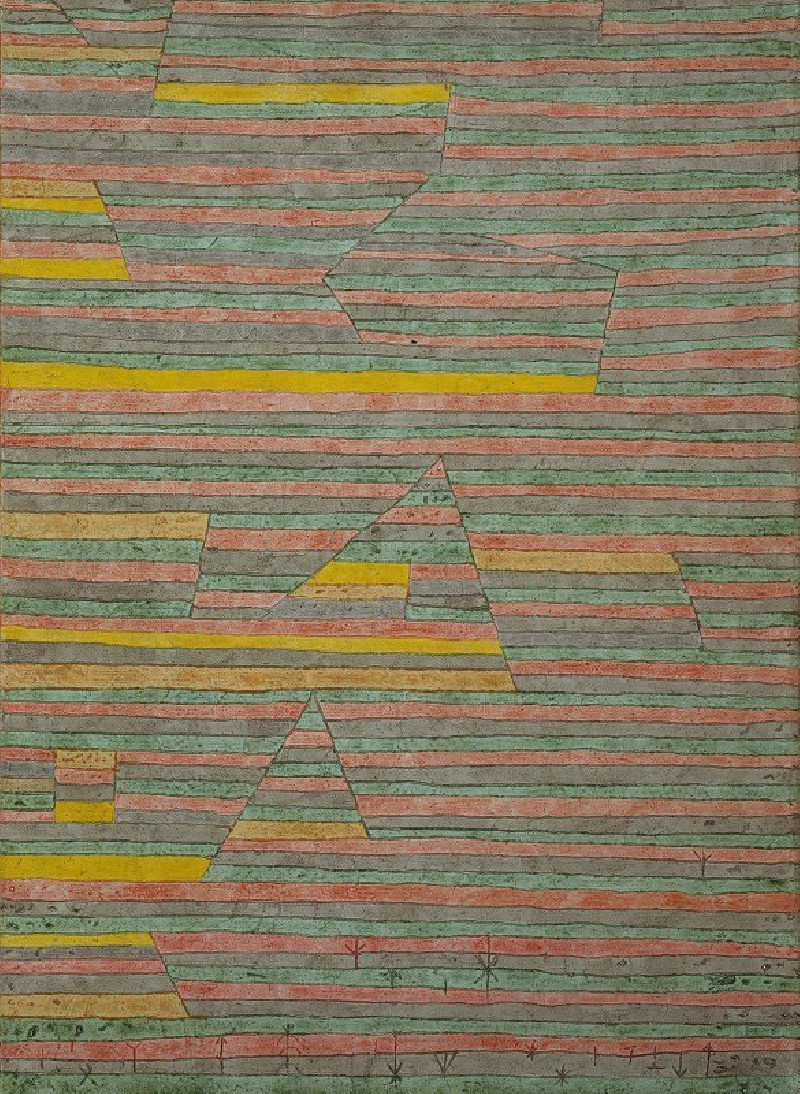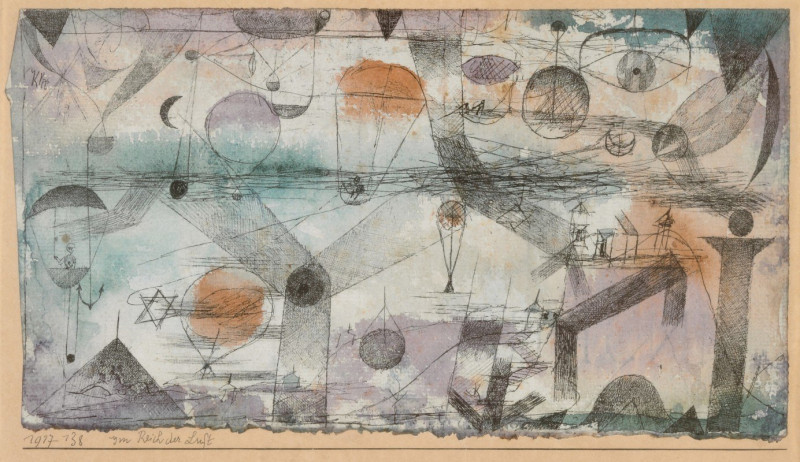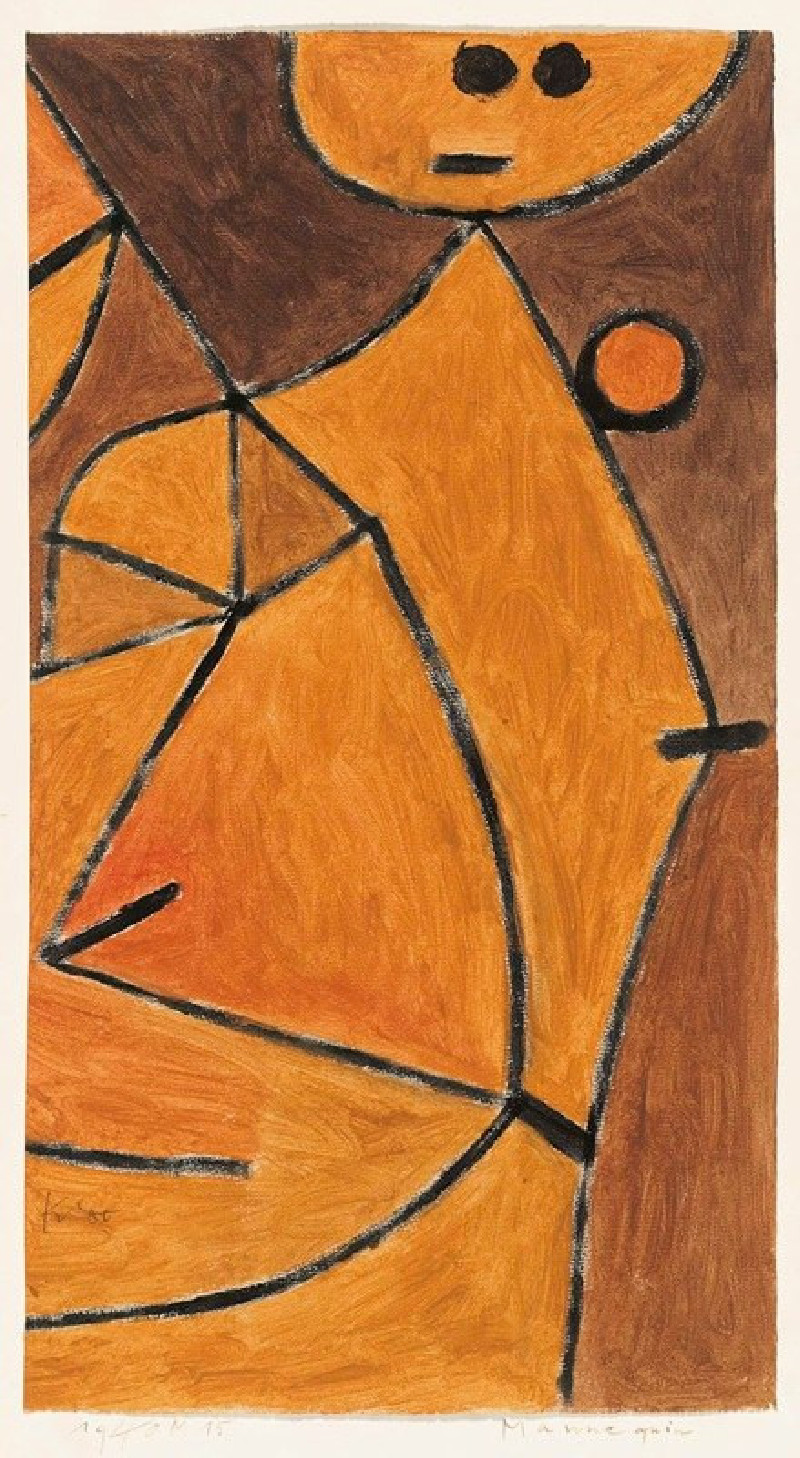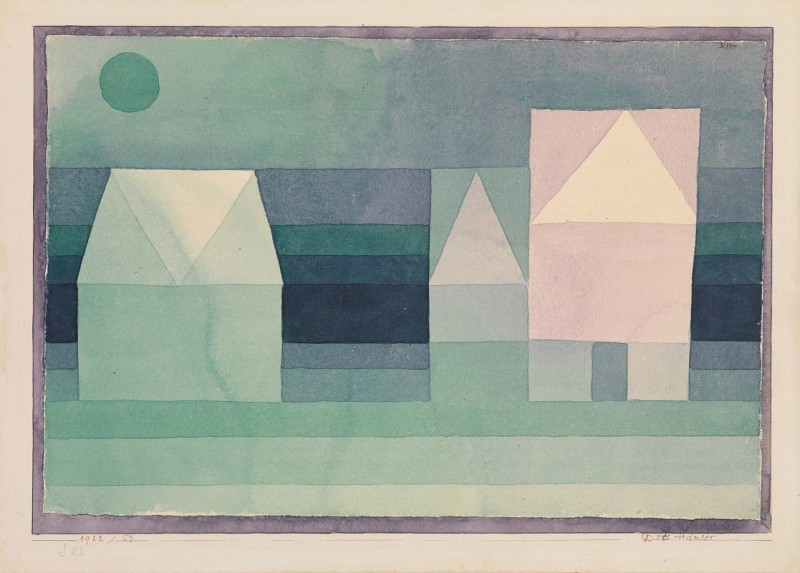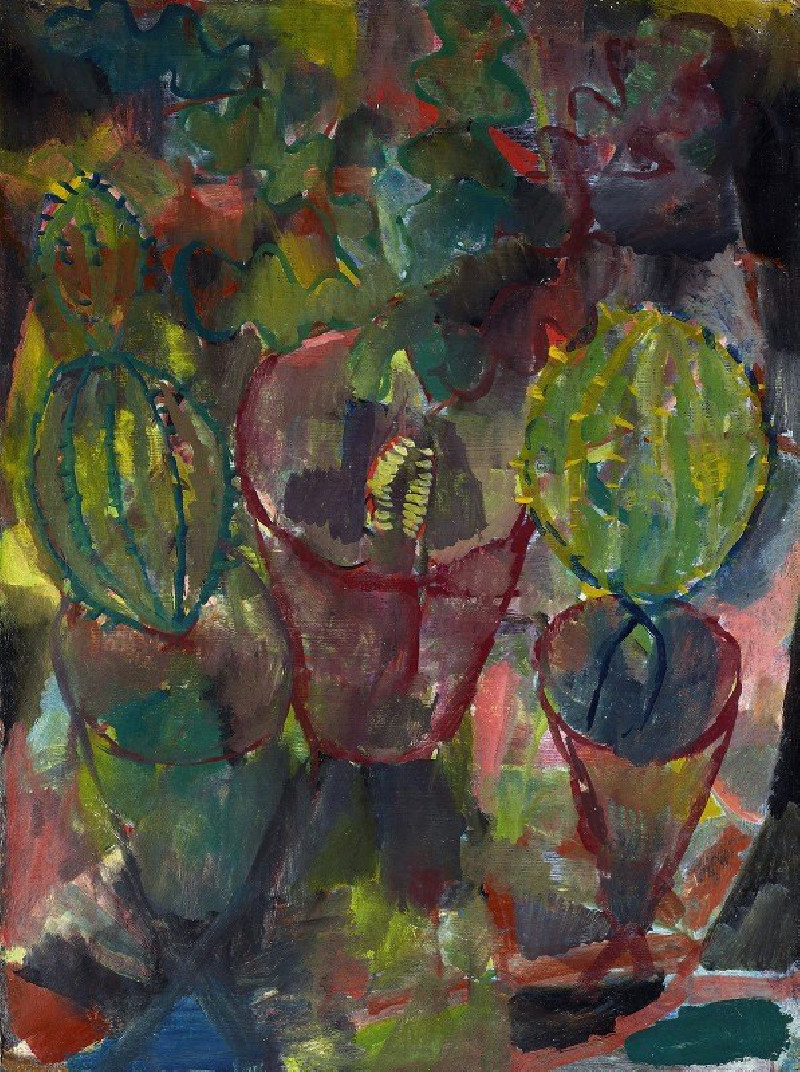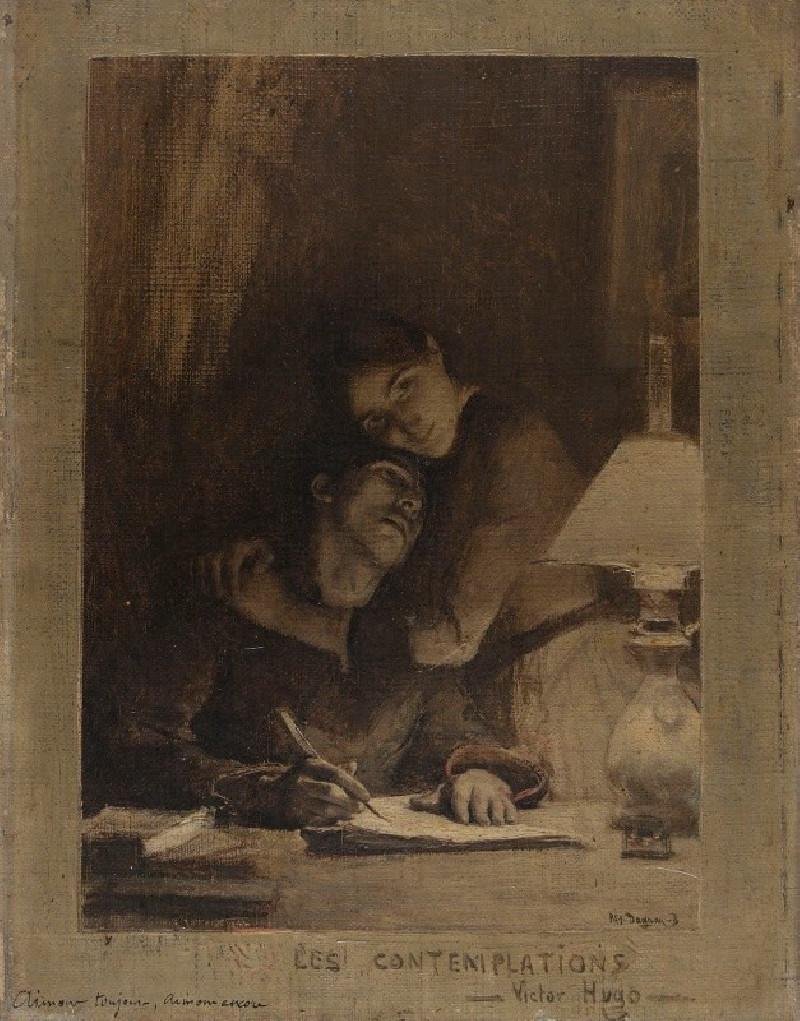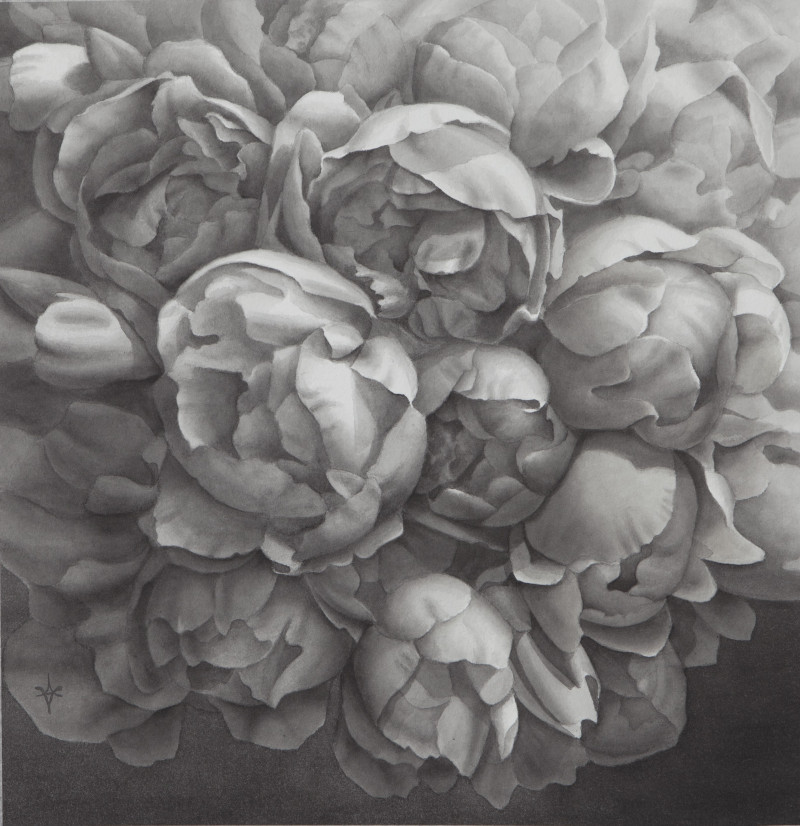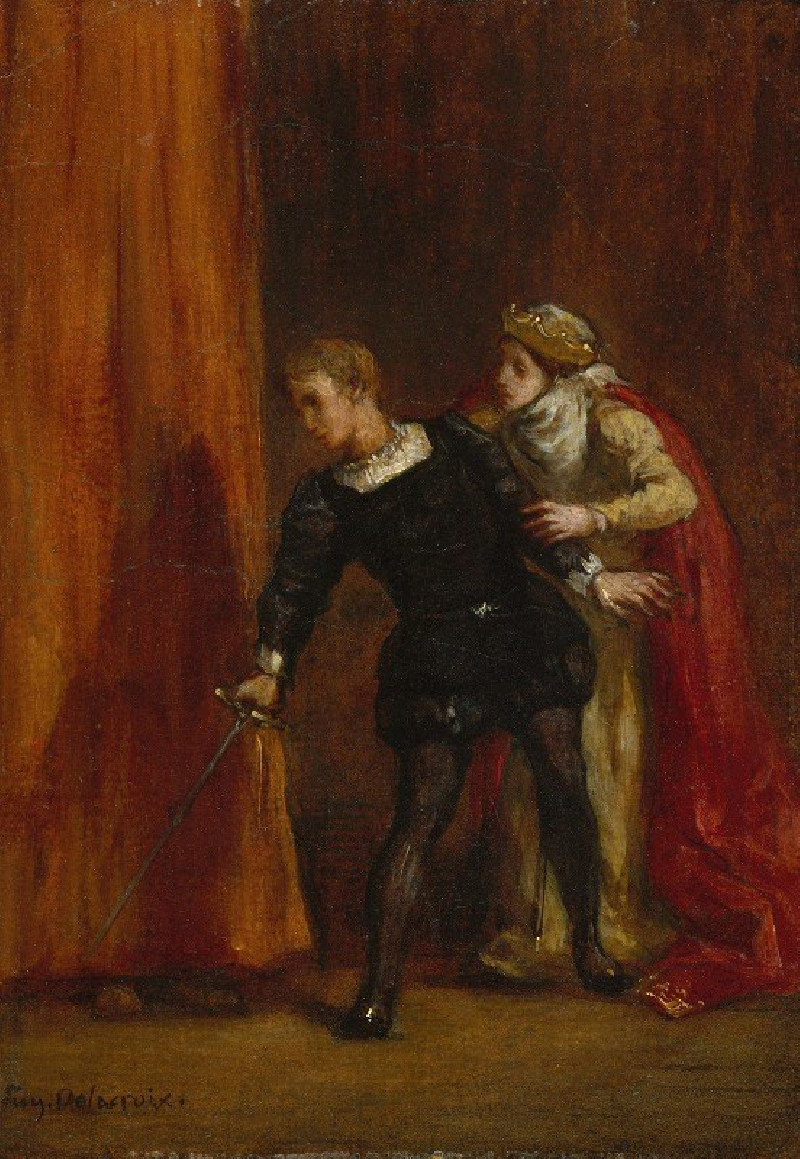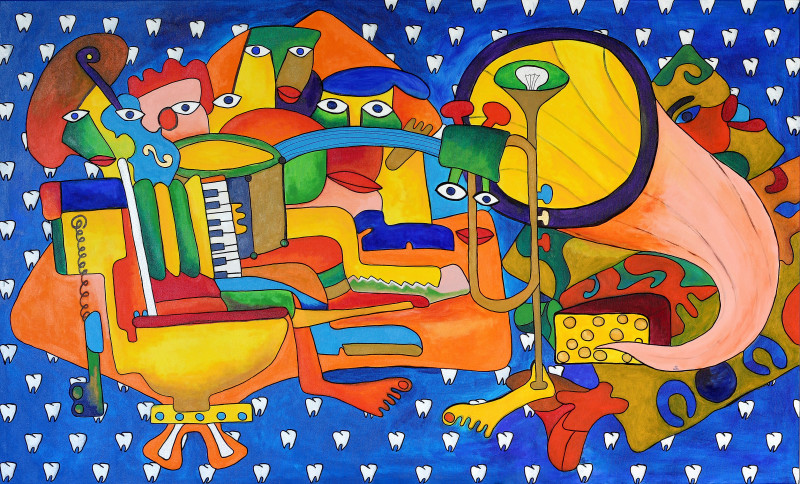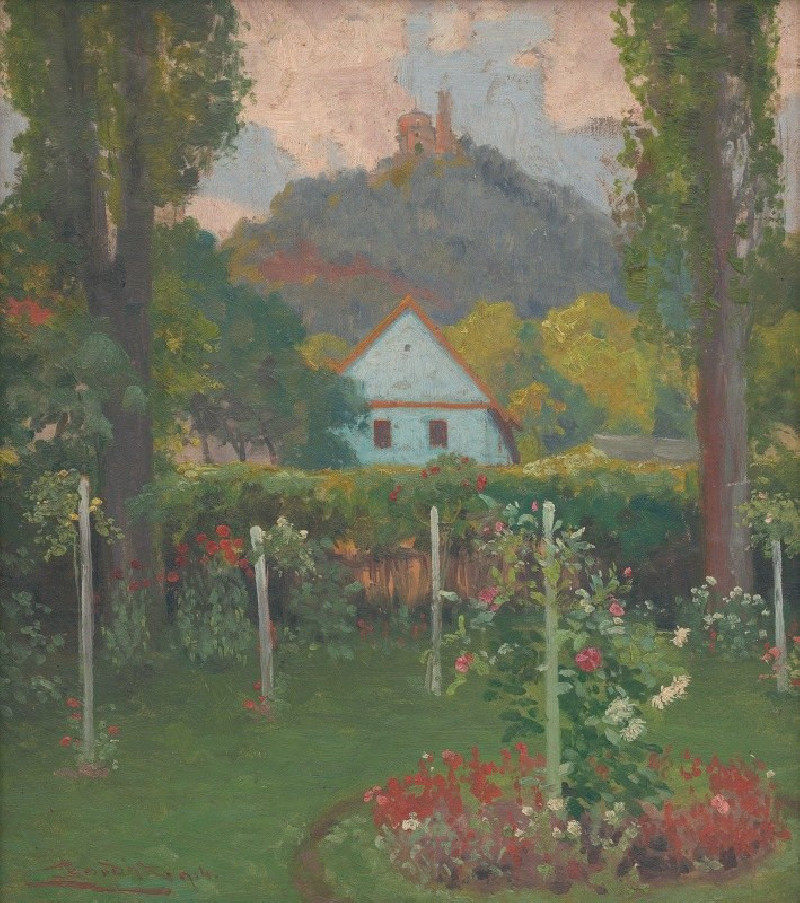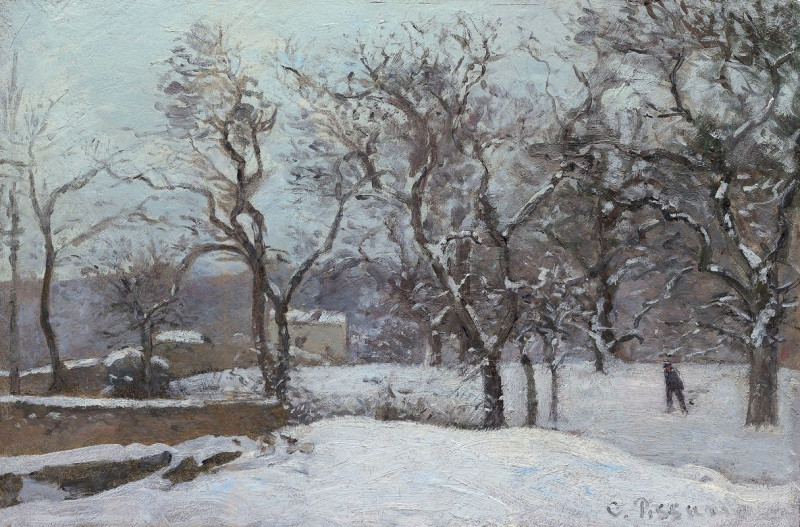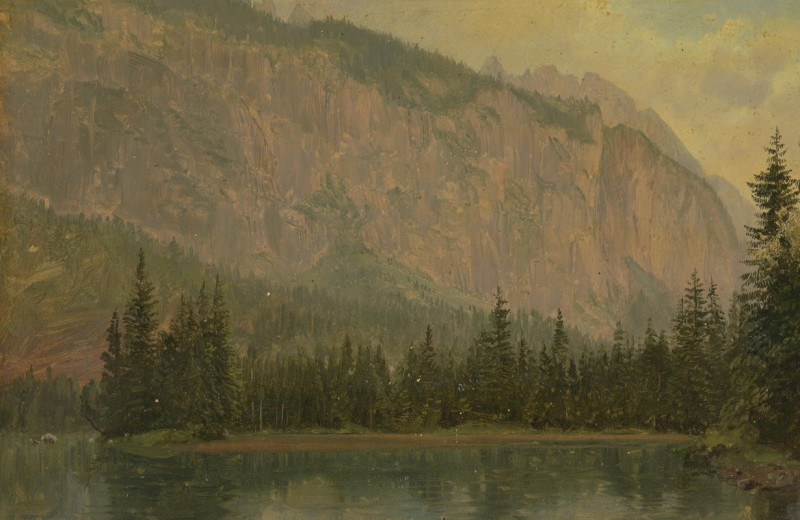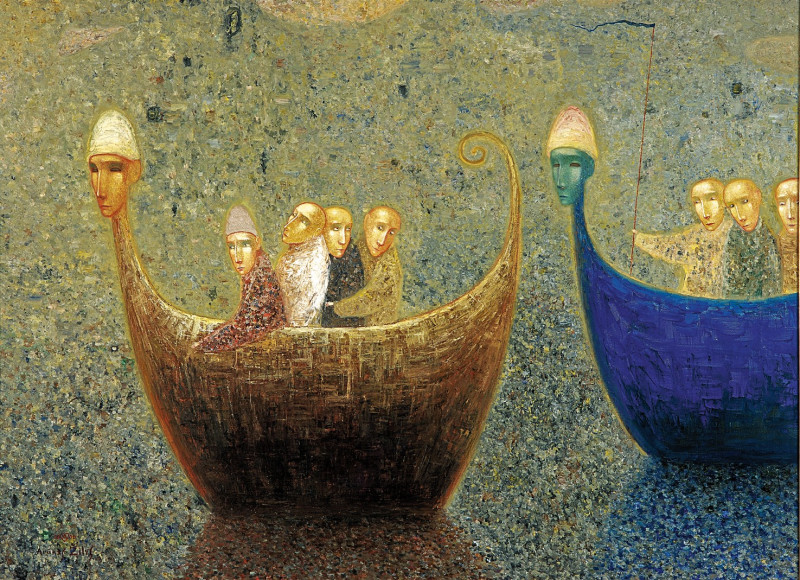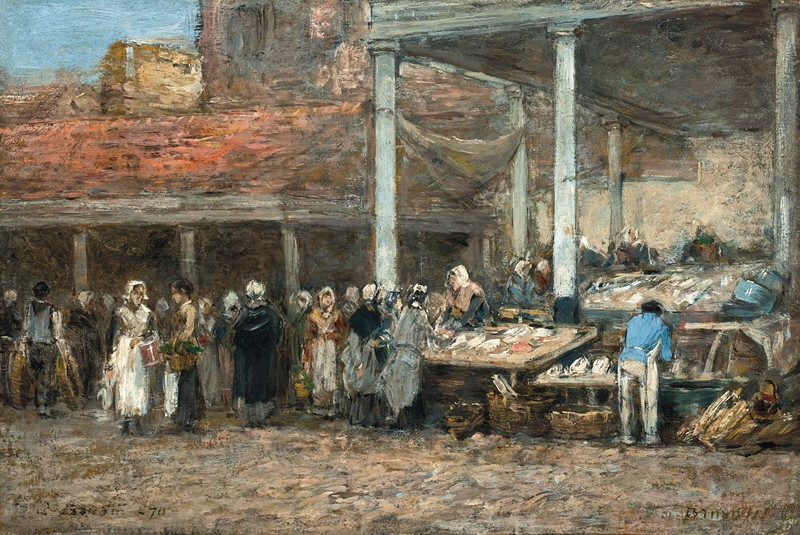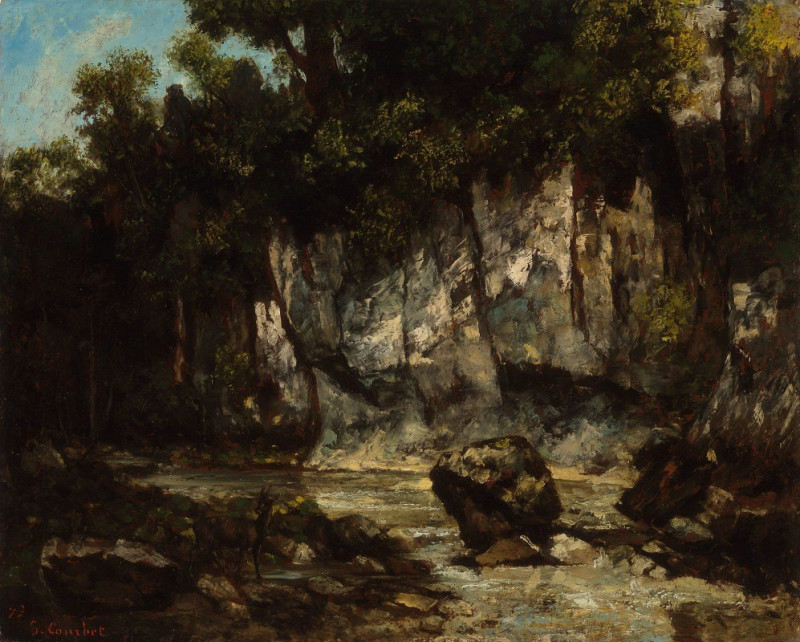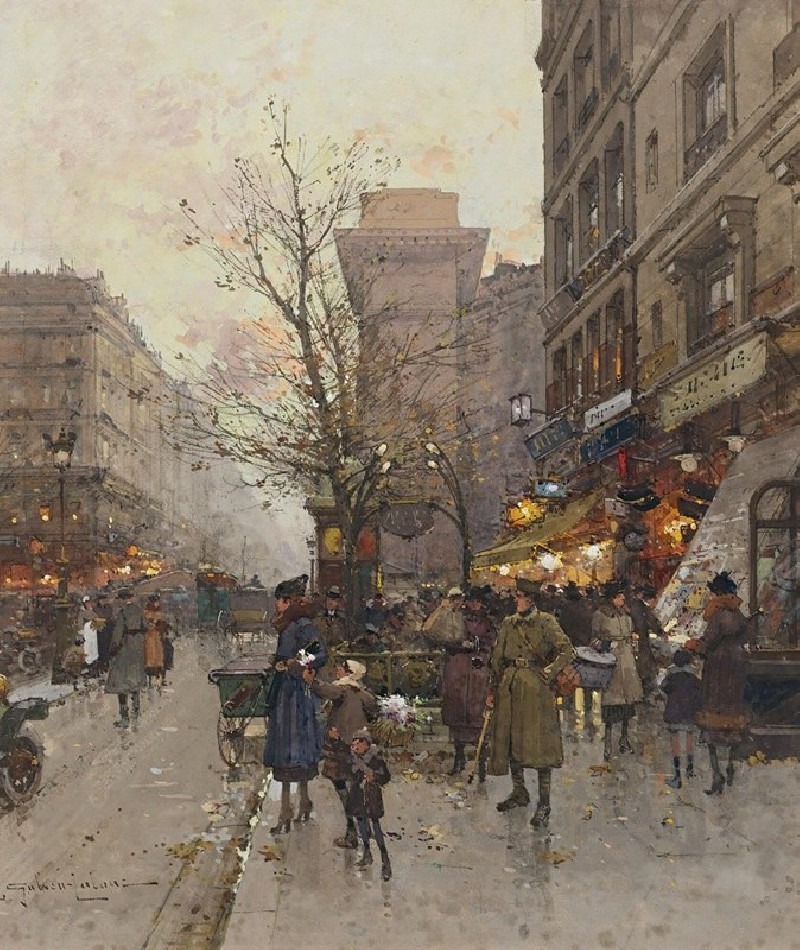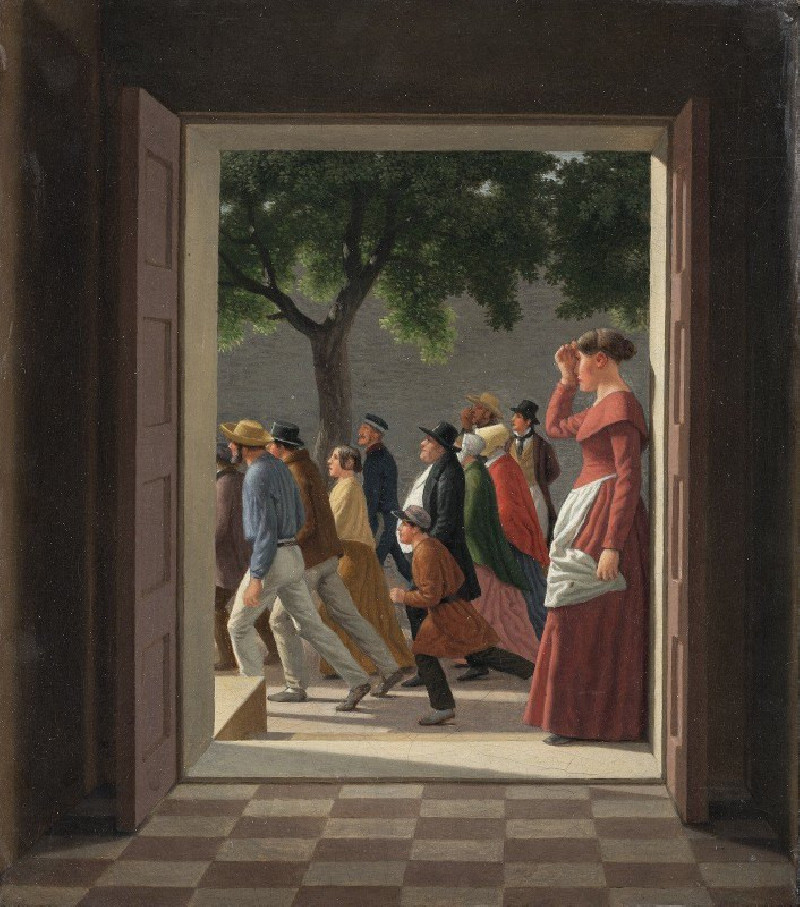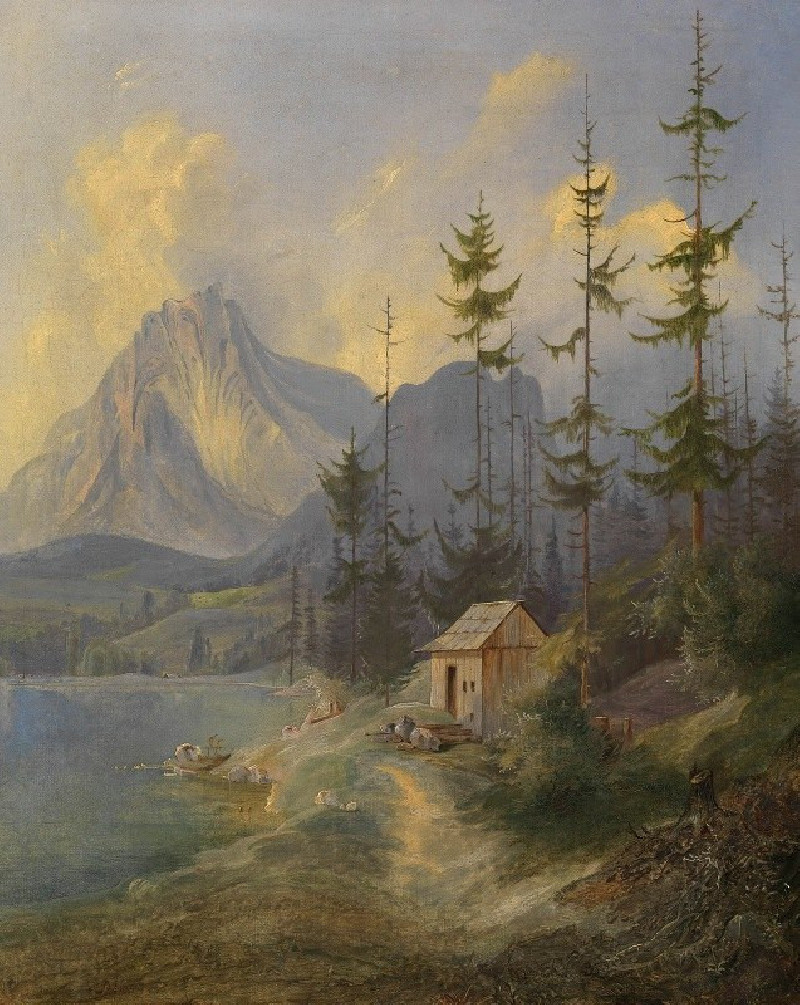Dünenfriedhof (924)
Technique: Giclée quality print
Recommended by our customers
More about this artwork
Paul Klee's painting "Dünenfriedhof," produced in 1924, showcases the artist's distinctive use of abstract forms and subtle color palettes to convey deep themes. In this intriguing artwork, Klee depicts a cemetery scene set against a backdrop of dunes, an uncommon yet evocative setting that merges natural landscapes with solemn human rituals.The composition is dominated by a complex array of geometric shapes and symbols. At the heart of the painting, a bold cross stands out, serving as a clear marker of the burial ground and a universal symbol of mourning and remembrance. Surrounding the cross are abstract depictions of tombstones and grave markers, their irregular outlines suggesting the erosion and shifting contours of sand dunes. The use of various shades of blue infuses the scene with a somber, contemplative ambiance, while also emphasizing the isolation and tranquility of a resting place removed from the hustle and bustle of everyday life."Dünenfriedhof" resonates with Klee’s ability to transcend traditional representations and delve into more profound existential themes using minimalist forms and elements.
Delivery
Returns
Paul Klee was a Swiss-born German artist. His highly individual style was influenced by movements in art that included expressionism, cubism, and surrealism. Klee was a natural draftsman who experimented with and eventually deeply explored color theory, writing about it extensively; his lectures Writings on Form and Design Theory (Schriften zur Form und Gestaltungslehre), published in English as the Paul Klee Notebooks, are held to be as important for modern art as Leonardo da Vinci's A Treatise on Painting for the Renaissance.


